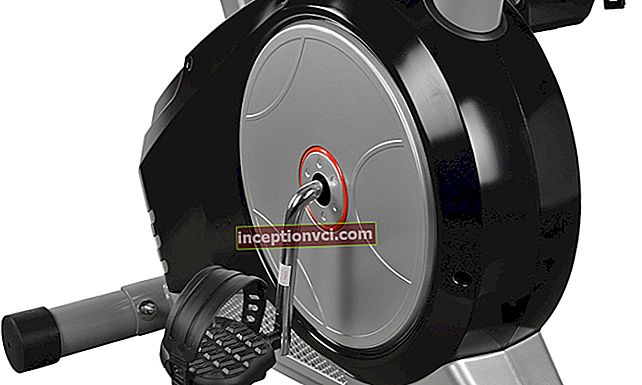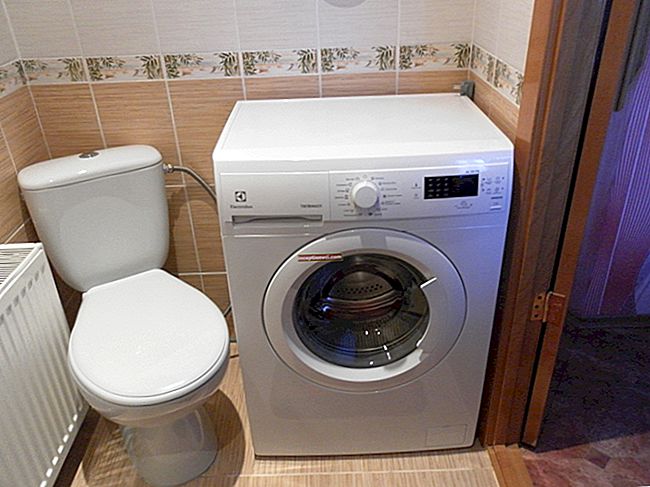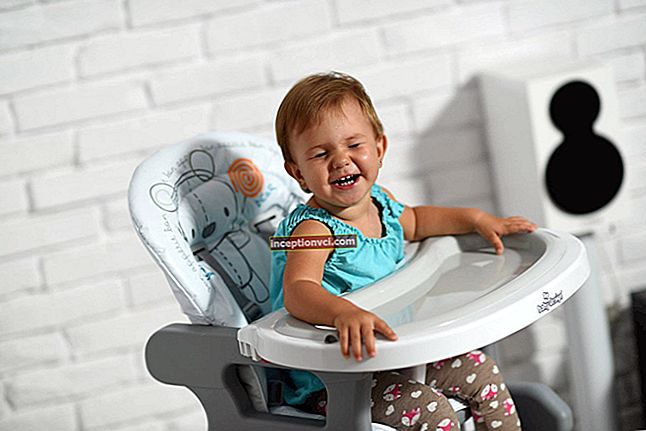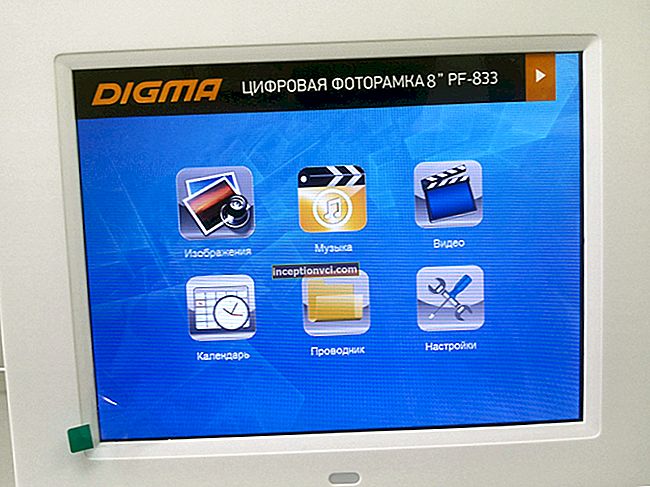To tell the truth, it is very rare to find a person who pays special attention to the sound in films or games. Don't get me wrong, everyone wants to hear quality sound, but many people just need the basics. Although this is understandable: few people are spoiled by advanced sound capabilities, if at all familiar with them. This article will focus on 3D audio.

First of all, let's figure out why you need it. Three-dimensional sound allows you to fully immerse yourself in the world of a movie or computer game, that is, create a virtual effect of presence. This is inaccessible to conventional stereo sound, since in this case the position of sound sources is determined only in one plane. Generally speaking, the main obstacle to creating 3D sound is the human hearing aid. Its structure, as well as the position of the ears themselves on the sides of the head, make it difficult to sense spatial sound. Even in real life, we can not accurately determine the position of a sound source in space. The situation is partly aggravated, oddly enough, by the human body, which also distorts the sound.
There are several basic methods for creating surround sound. The first one is called Stereo Expansion. It consists in expanding the field of a sound signal, as well as simulating an increase in the distance between its sources. The second method is called Positional 3D Audio. When using it, each sound stream is positioned in a certain way near the listener to create a spatial effect. Finally, the last method is called Virtual Surround Audio. It simulates more sound sources than it actually does. Like the two previous methods, its task is to "trick" the human hearing aid and convince that the sound comes from sources from certain places, where they actually do not exist. Virtual Sound Audio does not use a large number of so-called loudspeakers (literally, “loudspeakers”): usually their number is limited to one or two.
There are several ways to use this method. One of them is based on HRTF technology (Head-Related Transfer Function, which is described below). In short, it is intended to be used primarily with headphones.
The downside of this method is that only one person can feel its effect at the moment (again, because of the headphones). The second method for creating surround sound involves the effect of reflecting sound beams from the walls of the room in which the listener is located. In this case, the use of headphones is not provided, but there are other difficulties. First of all, the room must be empty to ensure sound clarity. Otherwise, due to the presence of foreign objects in it, the sound will be distorted and the listener will not feel the same 3D.
As we said, the main obstacle to creating surround sound is the structure of the human ear. However, by filtering (this includes changing the frequency and amplitude of the audio signal), you can simulate the desired effect. One of such algorithms is the aforementioned HRTF. When used, the sound undergoes certain changes on the way to the listener's hearing aid. Depending on the position of the source, the sound is distorted, and then the human brain, taking into account the changed parameters, determines its position. As a result, with the help of complex calculations, the sound emanating from a certain point in space is imitated. Interestingly, HRTF depends on the position of the listener and his head in space. You can achieve high-quality 3D sound using the HRTF through headphones, because they are fixed on the head.In the case of speakers, this becomes more difficult: a certain position in space is required from the listener. The area in which the 3D effect is simulated is called the Sweet Spot. Having gone beyond its limits, it will no longer be possible to feel the spatial sound. By the way, there is an algorithm called Transaural Cross-talk Cancellation (TCC), which is responsible for compensation calculations (in other words, sound improvement) based on the position of the listener relative to the sound sources.
At the software level, surround sound is described by the DirectX Audio component of Microsoft's DirectX API. Methods for creating spatial sound have been developed quite a long time ago and have not changed dramatically over the past time. Simulating a 3D effect is tricky: there are so many parameters to consider. However, nothing is impossible. Research in this area does not stop for a minute. In the near future, we will definitely see and hear new innovative developments.
TECHNOLOGY IN TECHNOLOGY
Nowadays, you can find many technologies that use the 3D sound effect. You are definitely familiar with the name Dolby Digital, which hides behind a surround sound system. Its functionality is based on the MDCT (Modified Discrete Cosine Transform) algorithm. It is also interesting that when using Dolby Digital, sounds that are not heard by a person in the background of others are removed. Another surround sound technology is Aureal3D. It simulates a 3D effect with two speakers and uses the Wavetracing algorithm. It calculates the propagation paths of sound waves in real time, based on their reflection from objects in the environment. Creative did not stand aside with its development EAX. EAX models objects in 3D space and also works with a reverb effect. A feature of the technology is that it does not work in real time.

MANNEQUINS ALSO HEAR
You are probably curious to know where the preforms of the HRTF algorithm come from. A set of his libraries was created using a hearing dummy called KEMAR (Knowles Electronics Mannequin For Acoustic Research). Microphones were installed in the ears of the mannequin, which recorded the sound from sources located around him. The recording was the sound that came to the mannequin with all the changes taken into account. Algorithm presets were created by combining the sound received by the microphones and the raw data.









